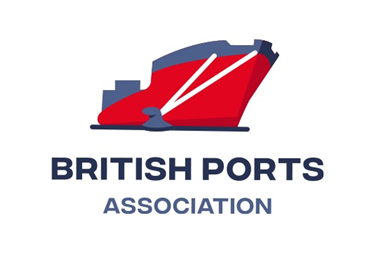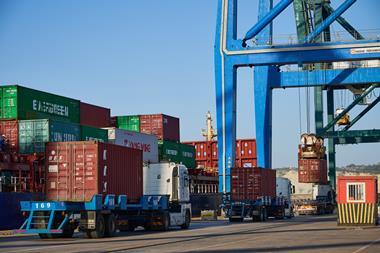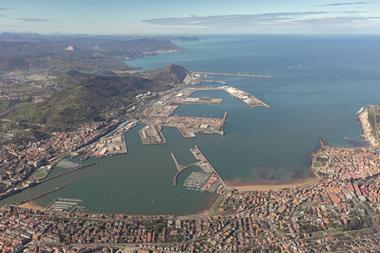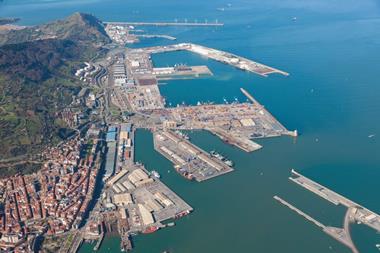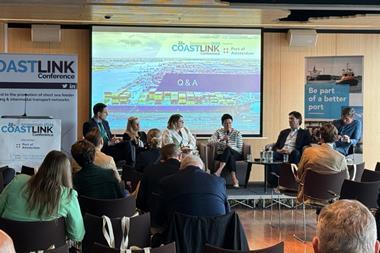The port of Amsterdam is the 4th largest port of Western Europe and one of Europe’s major energy hubs.

Fossil energy sources comprise the majority of transshipment volumes of the port, which consists of a total of 6.1 million cubic meters of liquid storage capacity. Industries like steel-making, aviation and shipping still depend on fossil fuels. In the port of Amsterdam, these respectively account for 5 million tonnes of coal, 4 million tonnes of aviation fuel, and 1.5 million tonnes of bunkering, with another 43.5 million tonnes of fossil fuels being distributed through the port every year.
The shipping industry exemplifies the larger dynamics: sizeable volumes, low usage rates of sustainable energy sources, and significant emissions. Combined, this illustrates the clear and acute need for decarbonisation. The energy transition is therefore one of the strategic priorities of Port of Amsterdam, as the port authority aspires to be a frontrunner in the transition towards a sustainable society.
As part of its strategy to accomplish this goal, Port of Amsterdam views green hydrogen and clean fuels as vital instruments to make the energy transition a reality. Securing the supply of sufficient green hydrogen is an area of focus. Given its natural characteristics, the Netherlands will in all likelihood fall short in national production to satisfy expected demand. The same applies to the neighboring countries, such as Germany.
In this context, Port of Amsterdam has a three-pronged approach. In the first place, a focus on local production, leveraging the construction of significant offshore wind capacity in the North Sea. HyCC, a developer and operator of electrolysers, is planning a 500MW electrolyser in the port of Amsterdam. Second, as a natural gas producer, the Netherlands has an extensive pipeline infrastructure throughout the country. The operator, Gasunie, is planning the repurposing and extension of these pipelines to also be able to transport hydrogen. This allows for the balancing of national production and offtake, as well as future distribution to the hinterland.
Third and finally, Port of Amsterdam has a strong emphasis on securing the import of green hydrogen and its derivatives. It works closely with companies active in the port to establish ties to countries of production and possible producers, as well as partners in the European hinterland, with the aim of bringing crucial links (up-, mid- and downstream) as part of the envisioned supply chain together.
Curious to learn more about Port of Amsterdam’s activities or partnerships, check out our website here.
Article supplied by The Port of Amsterdam


